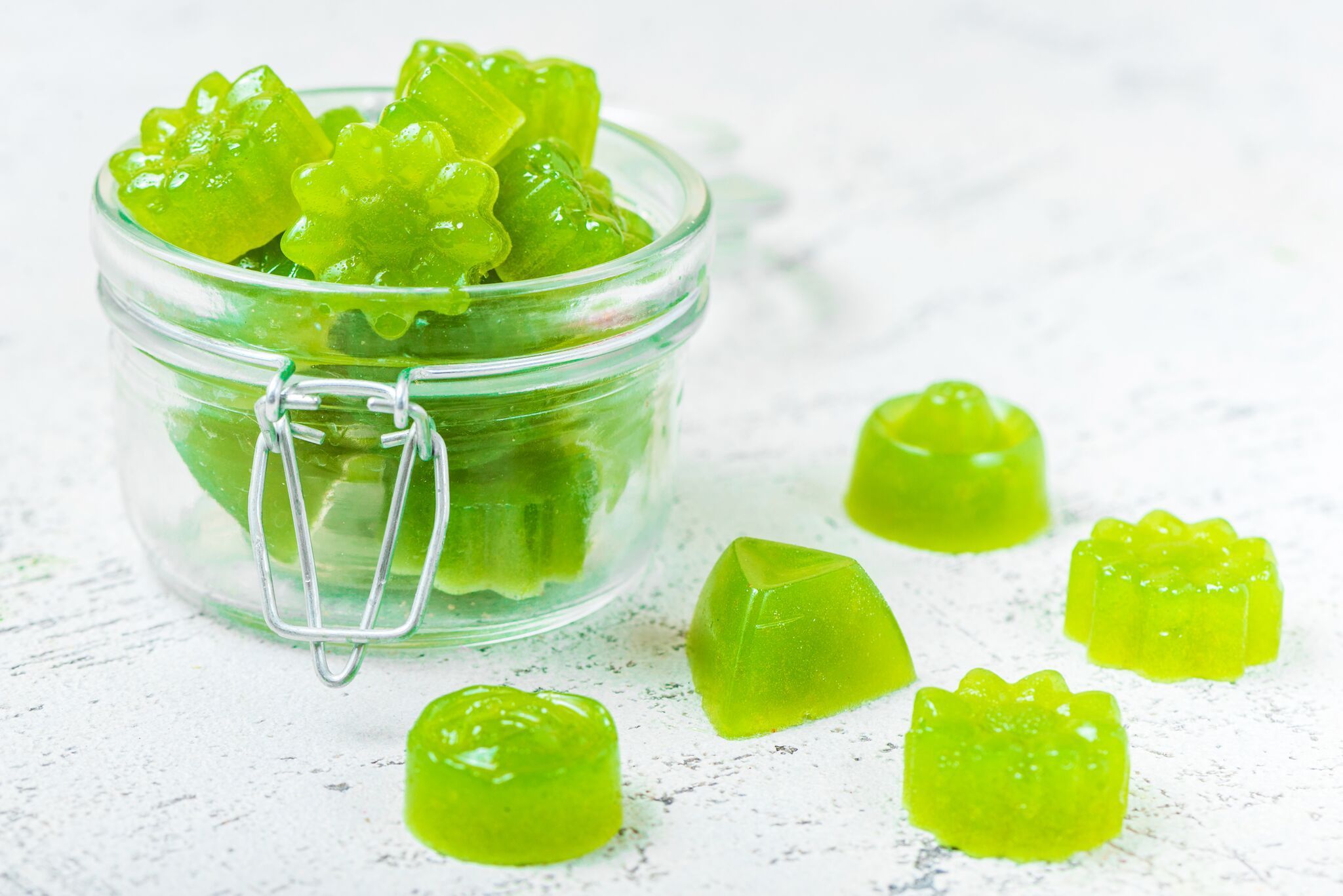

Articles
How To Store Gummies
Modified: March 23, 2024
Learn the best methods for storing gummies and keeping them fresh for longer with these informative articles.
(Many of the links in this article redirect to a specific reviewed product. Your purchase of these products through affiliate links helps to generate commission for Storables.com, at no extra cost. Learn more)
Introduction
Gummies are delicious treats enjoyed by people of all ages. From fruity flavors to sweet and sour sensations, these chewy candies are a popular snack choice. Whether you have a stash of gummy bears, worms, or other shapes, proper storage is essential to maintain their freshness and taste.
In this article, we will explore the best practices for storing gummies, including understanding the ingredients, choosing the right storage container, controlling temperature and humidity, avoiding exposure to light, sealing techniques, pantry storage, freezing options, and monitoring for spoilage. By following these tips, you can ensure that your gummies stay in top-notch condition and are ready to be enjoyed whenever you have a craving.
Key Takeaways:
- Properly storing gummies is essential to maintain their freshness and taste. Understanding ingredients, choosing the right container, and controlling temperature and humidity are key factors in preserving gummies’ quality.
- Sealing gummies in airtight containers, storing them in the pantry, or freezing for long-term storage are effective methods to extend their shelf life. Regular monitoring and checking for spoilage ensure safe and enjoyable consumption of gummies.
Read more: How To Store Gummy Vitamins
Understanding the Ingredients of Gummies
Before diving into the details of how to store gummies, it’s important to understand their key ingredients. Gummies are typically made of several components, including gelatin, sugar, flavorings, and sometimes added vitamins or minerals. These ingredients play a vital role in the texture, taste, and longevity of the gummies.
Gelatin is a key ingredient in gummies that gives them their chewy and gummy texture. It is derived from animal collagen and helps bind the other ingredients together. Gelatin also contributes to the firmness of the gummies, preventing them from melting or becoming too soft.
The sugar content in gummies not only adds sweetness but also acts as a preservative. Sugar creates an inhospitable environment for microbial growth, helping to extend the shelf life of the gummies. However, too much exposure to moisture can cause the sugar to crystallize, affecting the texture of the gummies. That’s why proper storage conditions are crucial.
Flavorings, such as fruit extracts or artificial flavors, add the distinct taste to gummies. These flavorings come in a variety of options, from classic fruit flavors like strawberry and orange to more unique combinations like watermelon-kiwi or mango-peach.
In addition to these primary ingredients, gummies may also contain added vitamins or minerals. This makes them a popular choice for those looking for a fun and tasty way to supplement their daily nutrients.
Understanding the ingredients of gummies is essential in preserving their quality. Each ingredient plays a crucial role, and any changes in storage conditions can impact the taste and texture of the gummies.
Choosing the Right Storage Container
When it comes to storing gummies, choosing the right container is key to preserving their freshness and texture. The container should provide airtight protection, preventing moisture, air, and odors from seeping in and affecting the quality of the gummies. Here are a few options to consider:
1. Glass jars or containers: Glass containers are a popular choice for storing gummies due to their ability to maintain airtight conditions. They are non-porous, meaning they won’t absorb any odors or flavors from the gummies. Additionally, glass containers are transparent, allowing you to easily see the contents without opening the container.
2. Plastic containers: Plastic containers are another viable option for storing gummies. Look for containers made from food-grade plastic that are BPA-free. These containers are lightweight and shatterproof, making them convenient for transportation. However, make sure the plastic container has a tight-fitting lid to maintain optimal freshness.
3. Ziplock bags or resealable pouches: Ziplock bags or resealable pouches are a budget-friendly and space-saving option for storing gummies. Look for bags that are specifically designed for food storage and have a strong seal. It is recommended to choose bags with a thick, durable material to provide better protection against moisture and air.
Regardless of the container you choose, it’s important to ensure that it is clean and dry before storing the gummies. Any leftover residue or moisture can impact the taste and quality of the candies. Remember to label the container with the date of storage to keep track of their freshness.
By selecting the right storage container, you can extend the shelf life of your gummies and maintain their delicious taste and chewy texture.
Controlling Temperature and Humidity
Temperature and humidity play a crucial role in preserving the quality of gummies. Extreme temperature changes and high humidity can cause the gummies to become sticky, lose their shape, or even melt. To prevent these issues, it’s important to control the storage environment. Here are some tips:
1. Temperature: Gummies should be stored in a cool, dry place. Ideally, the temperature should be around 70°F (21°C). Avoid storing gummies in areas that are exposed to direct sunlight or near sources of heat, such as ovens or stovetops. High temperatures can cause the gummies to become overly soft, while low temperatures can make them hard and less enjoyable to eat.
2. Humidity: High humidity can cause gummies to absorb moisture from the air, resulting in a sticky and unappetizing texture. It’s best to store gummies in a low-humidity environment to prevent this issue. Consider using a dehumidifier in the storage area, especially if you live in a humid climate. Additionally, avoid storing gummies in areas like the kitchen or bathroom, where humidity levels tend to be higher.
3. Avoid temperature fluctuations: Rapid temperature fluctuations can cause condensation to form inside the storage container, leading to potential moisture damage. It’s important to keep the storage environment consistent and avoid exposing the gummies to sudden changes in temperature. For example, avoid storing gummies near refrigerators or freezers that emit cold air when opened frequently.
4. Air circulation: While it’s important to keep gummies protected from air and moisture, it’s also essential to allow some air circulation within the storage container. This helps prevent the formation of mold or mildew. If using airtight containers, consider opening them briefly every few weeks to allow for ventilation.
By controlling the temperature and humidity levels, you can ensure that your gummies maintain their ideal texture and taste. A stable and dry environment is key to preserving their freshness and preventing them from becoming sticky or melting.
Avoiding Exposure to Light
Exposure to light can have a significant impact on the quality and shelf life of gummies. The UV rays in sunlight can cause the colors of the candies to fade and break down the ingredients, resulting in a loss of flavor and texture. To protect your gummies from light damage, here are some helpful tips:
1. Store in opaque containers: Choose storage containers that are opaque and block out light. This can include glass jars with a solid lid or plastic containers made from non-transparent materials. By preventing light from reaching the gummies, you can help preserve their vibrant colors and flavors.
2. Avoid clear or transparent containers: Clear or transparent containers may look attractive, but they allow light to penetrate and affect the gummies. While it’s tempting to showcase the colorful candies, it’s best to prioritize the preservation of their quality.
3. Keep away from direct sunlight: When storing gummies, place the containers in a dark area away from direct sunlight. Sunlight can accelerate the degradation process and compromise the taste and texture of the candies. Consider storing the gummies in a pantry, cupboard, or other shaded areas in your home.
4. Utilize UV-resistant packaging: If you’re planning to purchase gummies in bulk or from specialty shops, look for brands that utilize UV-resistant packaging. These packages are designed to block out harmful UV rays and provide additional protection for the gummies inside.
5. Use dark-colored storage bags: If you prefer storing gummies in bags or pouches, opt for dark-colored or opaque bags. They offer better light protection than clear plastic bags and can help maintain the quality of the gummies for a longer period.
By avoiding exposure to light, you can extend the shelf life and maintain the visual appeal of your gummies. Keeping them away from direct sunlight and utilizing light-blocking containers is essential in preserving their taste, texture, and overall enjoyment.
Store gummies in a cool, dry place away from direct sunlight and heat sources to prevent them from melting or becoming sticky. Airtight containers or resealable bags can help maintain freshness.
Read more: How To Store Gummy Bears
Tips for Properly Sealing Gummies
Properly sealing gummies is essential for maintaining their freshness and preventing moisture and air from affecting their quality. When improperly sealed, gummies can become sticky, stale, or even moldy. Here are some tips to ensure that your gummies are sealed effectively:
1. Use airtight containers: Choose containers with tight-fitting lids that create an airtight seal. This helps to prevent moisture and air from entering the container and affecting the gummies. Make sure the lid is securely closed to maintain optimal freshness.
2. Double-check the seal: Before storing gummies, double-check the seal on the container to ensure that it is properly closed. If using ziplock bags or resealable pouches, press out any excess air and firmly seal the bag, ensuring that there are no gaps or openings.
3. Remove as much air as possible: When using storage bags or pouches, it’s important to remove as much air as possible before sealing. This helps to prevent the gummies from being exposed to excess oxygen, which can lead to deterioration. You can use a straw to suck out the air or gently press down on the bag before sealing.
4. Consider vacuum sealing: For long-term storage or if you frequently purchase gummies in bulk, investing in a vacuum sealer can be a great option. Vacuum sealing removes all the air from the package, significantly extending the shelf life of the gummies and preserving their freshness and texture.
5. Be mindful of closures: Pay attention to the closures on your storage containers. Some containers may have latches, clasps, or locks that provide an extra layer of security and ensure a tight seal. Make sure the closure mechanism is functioning properly to maintain an airtight environment.
6. Check for leaks or openings: Periodically inspect your storage containers or bags for any signs of leaks or openings. Over time, seals can wear out or become damaged, compromising the freshness of the gummies. If you notice any issues, replace the container or bag to maintain optimal storage conditions.
Remember, proper sealing is crucial in preserving the taste, texture, and longevity of your gummies. By following these tips, you can ensure that they remain fresh and ready to satisfy your sweet tooth whenever you crave them.
Storing Gummies in the Pantry or Cupboard
The pantry or cupboard is a convenient and common storage location for gummies. When properly stored in these areas, gummies can maintain their freshness and quality. Here are some tips for storing gummies in the pantry or cupboard:
1. Choose a cool and dry spot: Select a spot in your pantry or cupboard that is away from direct heat sources and moisture. Excessive heat can cause the gummies to melt or become sticky, while moisture can lead to spoilage. Keep them in a cool and dry area to ensure their longevity.
2. Optimal container selection: Use airtight containers like glass jars or plastic containers with tight-fitting lids to store your gummies in the pantry or cupboard. These containers provide protection against air, moisture, and light, preventing the candy from deteriorating. Make sure the containers are thoroughly clean and dry before storing the gummies.
3. Keep away from strong odors: Gummies have a tendency to absorb odors from their surroundings. To maintain their original flavor, store gummies away from strong-smelling foods or spices in the pantry or cupboard. This helps to preserve their unique taste and prevents any undesirable flavors from seeping into the candies.
4. Organize and label: Keep your gummies organized by labeling the containers with the date of storage. This allows you to easily identify and track the freshness of each batch. Additionally, you can organize the gummies by flavor or type, making it more convenient to find your favorite ones when you’re craving a sweet treat.
5. Check for pest infestations: Because gummies contain sugar, they can attract pests like ants or pantry moths. Regularly inspect your pantry or cupboard for any signs of infestation, such as ants trails or small holes in packaging. If you notice any pests, take appropriate measures to eliminate them and consider transferring the gummies to a more secure container.
Storing gummies in the pantry or cupboard is a convenient option that allows easy access to your favorite candies. By following these tips, you can ensure that your gummies remain fresh and enjoyable for an extended period.
Freezing Gummies for Long-term Storage
Freezing gummies is a great option if you want to store them for a longer period while maintaining their taste and texture. When done correctly, freezing can preserve the freshness of the gummies. Here are some guidelines for freezing gummies:
1. Choose the right packaging: Before freezing gummies, transfer them into a freezer-safe container or bag. Ensure that the packaging is airtight and can withstand freezing temperatures. Ziplock bags or vacuum-sealed bags are good options, as they can help minimize air exposure and moisture. Double-bagging can provide extra protection against freezer burn.
2. Portion the gummies: Consider portioning the gummies into smaller servings before freezing. This makes it easier to thaw and consume only what you need, minimizing the chances of repeated thawing and refreezing, which can affect the quality of the gummies.
3. Label and date: Always label the packaging with the date of freezing to keep track of the freshness. This helps you consume the oldest batch of frozen gummies first to ensure their optimal taste and texture.
4. Place in the back of the freezer: When storing gummies in the freezer, place them in the back where the temperature remains more constant. Avoid placing them near the freezer door, as they may be exposed to temperature fluctuations when the door is frequently opened. This helps maintain a consistent frozen environment for the gummies.
5. Thawing and consuming: When you want to enjoy the frozen gummies, remove the desired portion from the freezer and allow them to thaw in the refrigerator or at room temperature. Avoid microwaving or using hot water to thaw, as it can cause the gummies to become soggy. Once thawed, consume the gummies within a few days for the best quality.
6. Quality impact: While freezing can help preserve the taste and texture of gummies, it is important to note that some slight changes in texture may occur after thawing. The freezing process can cause the gelatin in gummies to become slightly firmer, but they will still maintain their enjoyable chewiness.
7. Proper storage duration: Gummies can typically be stored in the freezer for up to six months. However, it’s best to check the packaging for any specific recommendations from the manufacturer regarding freezing and storage duration.
Freezing gummies is a great way to extend their shelf life while preserving their taste and texture. By following these guidelines, you can enjoy your favorite gummies at any time without worrying about them spoiling.
Monitoring and Checking for Spoilage
Properly monitoring and checking gummies for spoilage is essential in ensuring that they are safe to consume and maintain their quality. While gummies have a longer shelf life compared to other perishable foods, they can still deteriorate over time. Here are some tips for monitoring and checking for spoilage:
1. Examine the appearance: Visual inspection is one of the first steps in checking for spoilage. Look for any signs of mold, discoloration, or unusual texture on the gummies. If you notice any fuzzy growth, dark spots, or significant changes in color, it’s best to discard them.
2. Check for texture changes: Gummies should maintain their chewy texture. If they become excessively hard, sticky, or have a grainy texture, it may indicate spoilage. Texture changes can be a result of improper storage conditions or exposure to moisture and humidity.
3. Smell for any off odors: Gummies should have a pleasant and fruity aroma. If you detect any unpleasant or off odors, it is a sign of spoilage or the presence of molds. Trust your sense of smell and discard any gummies that have an unusual or foul smell.
4. Taste a small amount: If the appearance and smell seem fine, you can try tasting a small portion of the gummies. Be aware of any unusual or unpleasant flavors. Spoiled gummies can have a sour or rancid taste. If it tastes off or unpleasant, it’s best to spit it out and discard the remaining portion.
5. Consider the expiration date: Pay attention to the expiration date printed on the packaging. While gummies can still be safe to consume after the expiration date, it is a good indicator of their freshness and quality. If the gummies are significantly past their expiration date, it’s best to exercise caution and inspect them thoroughly.
6. Store gummies properly: Proper storage plays a crucial role in preventing spoilage. Follow the recommended storage guidelines mentioned earlier, including keeping them in a cool, dry place away from light, moisture, and strong odors. Maintaining the right storage conditions will help prolong their shelf life and reduce the risk of spoilage.
By regularly monitoring and checking your gummies for signs of spoilage, you can ensure that they are safe to consume and maintain their delicious taste. When in doubt, it’s always better to err on the side of caution and discard any gummies that show signs of spoilage.
Read more: How To Store Store-Bought Bread
Conclusion
Properly storing gummies is crucial for maintaining their freshness, taste, and texture. By understanding the ingredients and choosing the right storage container, you can protect them from moisture, air, light, and odors. Controlling temperature and humidity helps prevent sticky or melted gummies, while avoiding exposure to light preserves their vibrant colors and flavors.
Properly sealing gummies in airtight containers or bags prevents moisture and air from affecting their quality. Storing gummies in the pantry or cupboard provides a convenient and easily accessible option, while freezing gummies can extend their shelf life for long-term storage.
Monitoring and checking for spoilage is important to ensure the safety and quality of the gummies. Regular visual inspection, evaluating texture and smell, and referring to expiration dates can help determine if the gummies are still suitable for consumption.
Remember, following proper storage and monitoring techniques will help your gummies stay fresh, delicious, and enjoyable for an extended period. Whether you prefer gummy bears, worms, or other shapes, by implementing these practices, you can always satisfy your sweet tooth with a perfectly preserved gummy treat.
Frequently Asked Questions about How To Store Gummies
Was this page helpful?
At Storables.com, we guarantee accurate and reliable information. Our content, validated by Expert Board Contributors, is crafted following stringent Editorial Policies. We're committed to providing you with well-researched, expert-backed insights for all your informational needs.

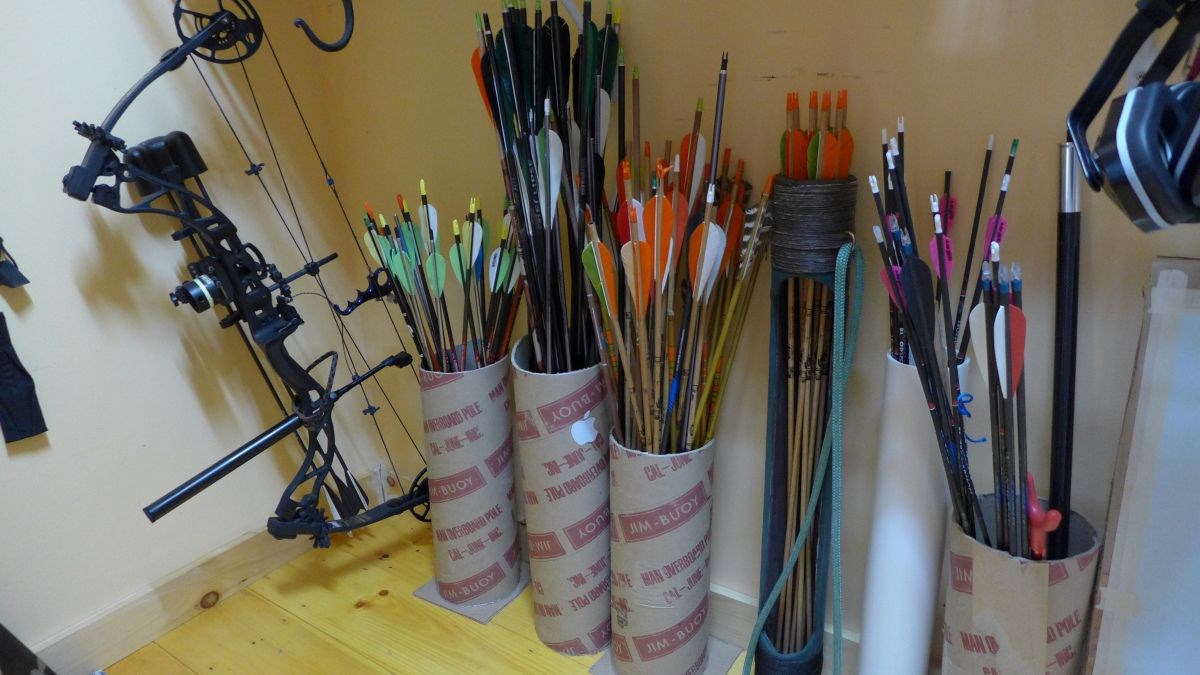
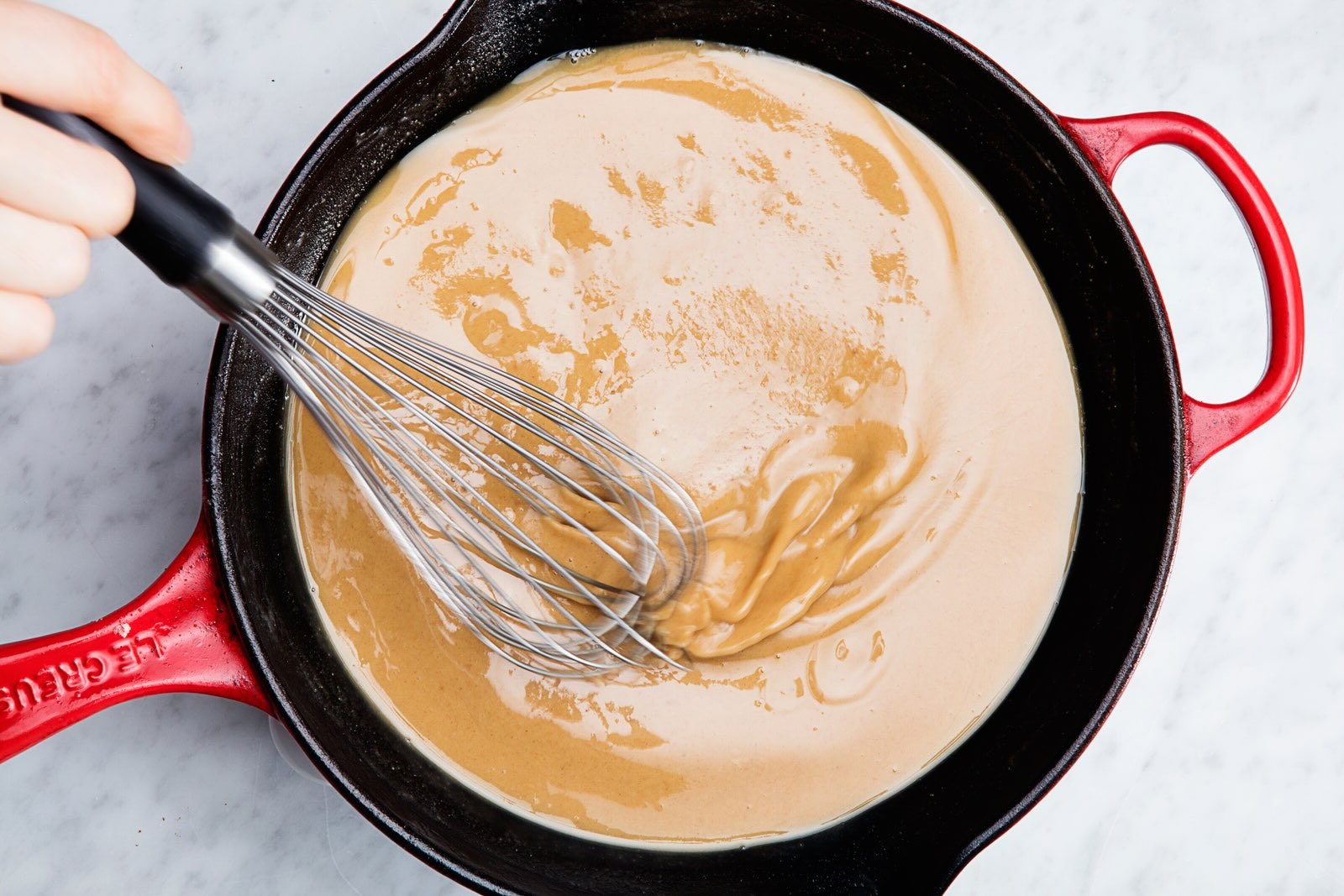
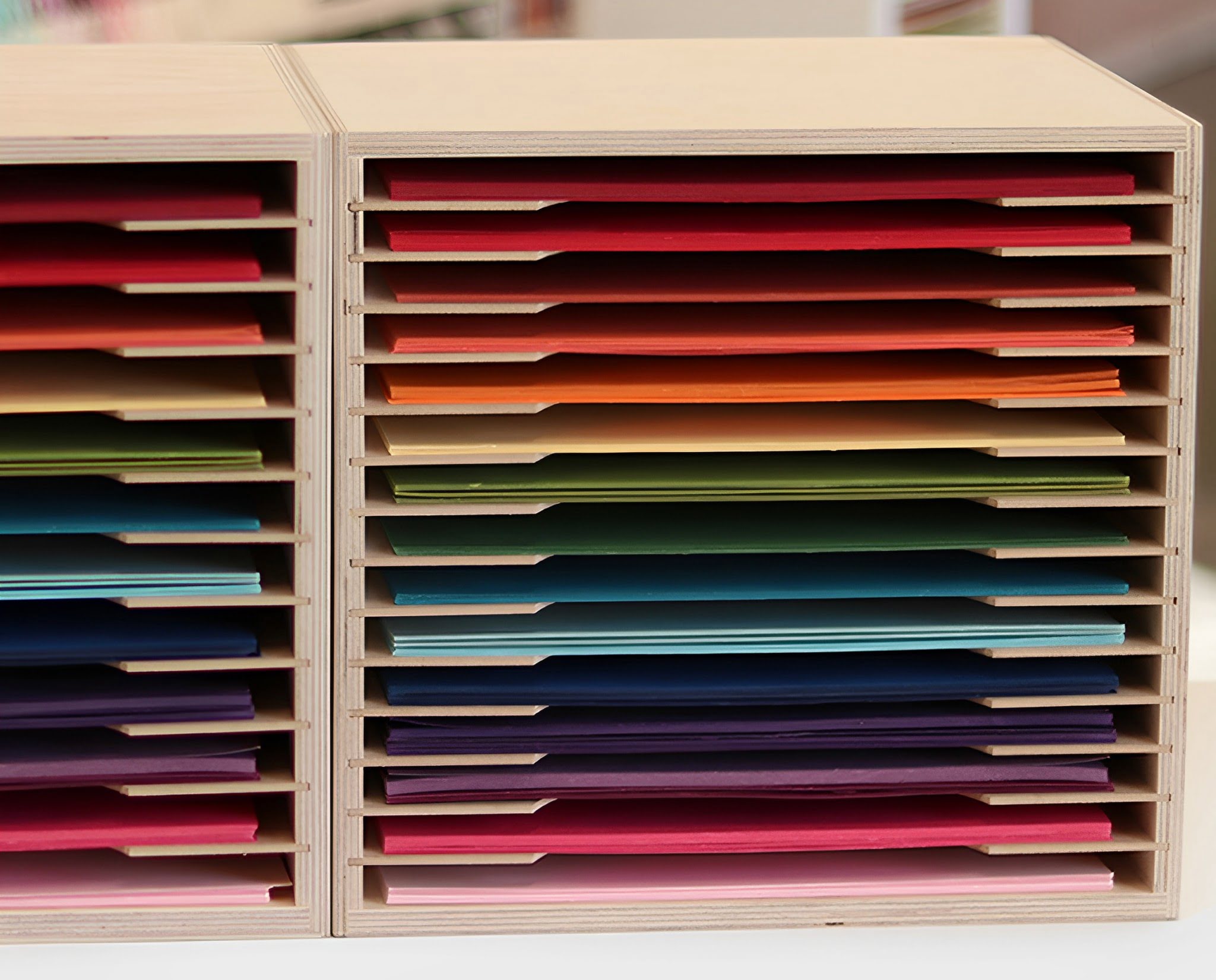
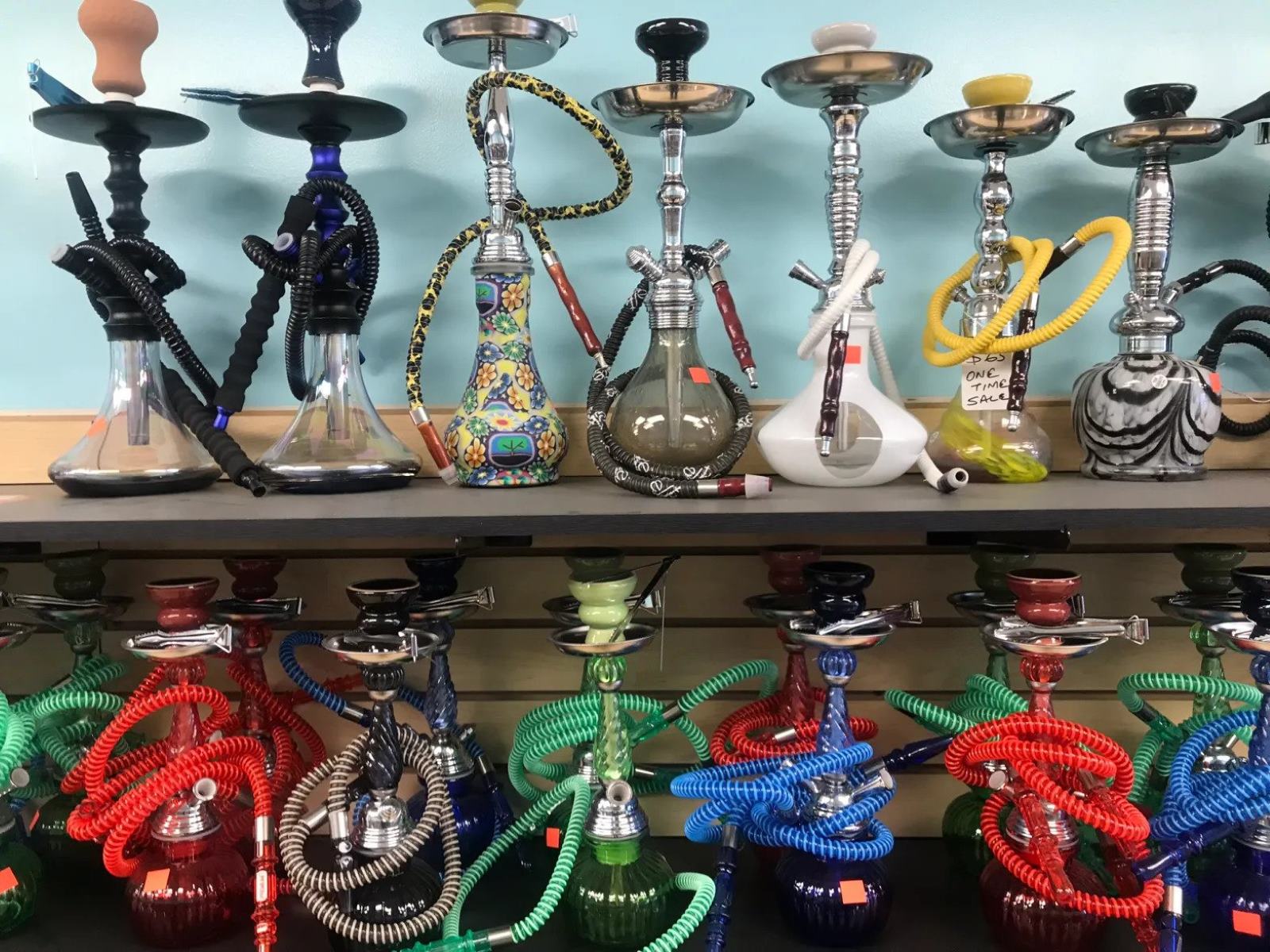


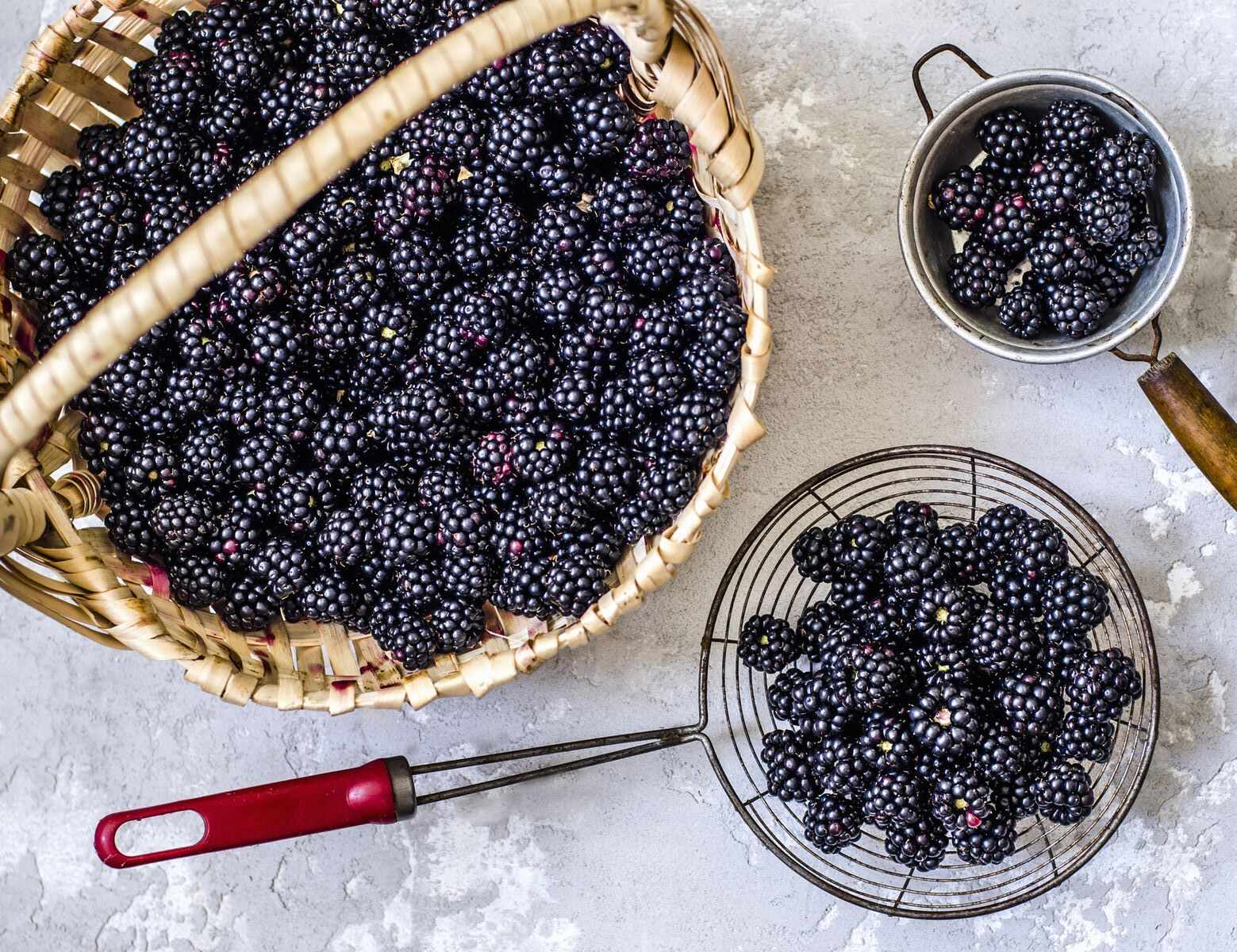
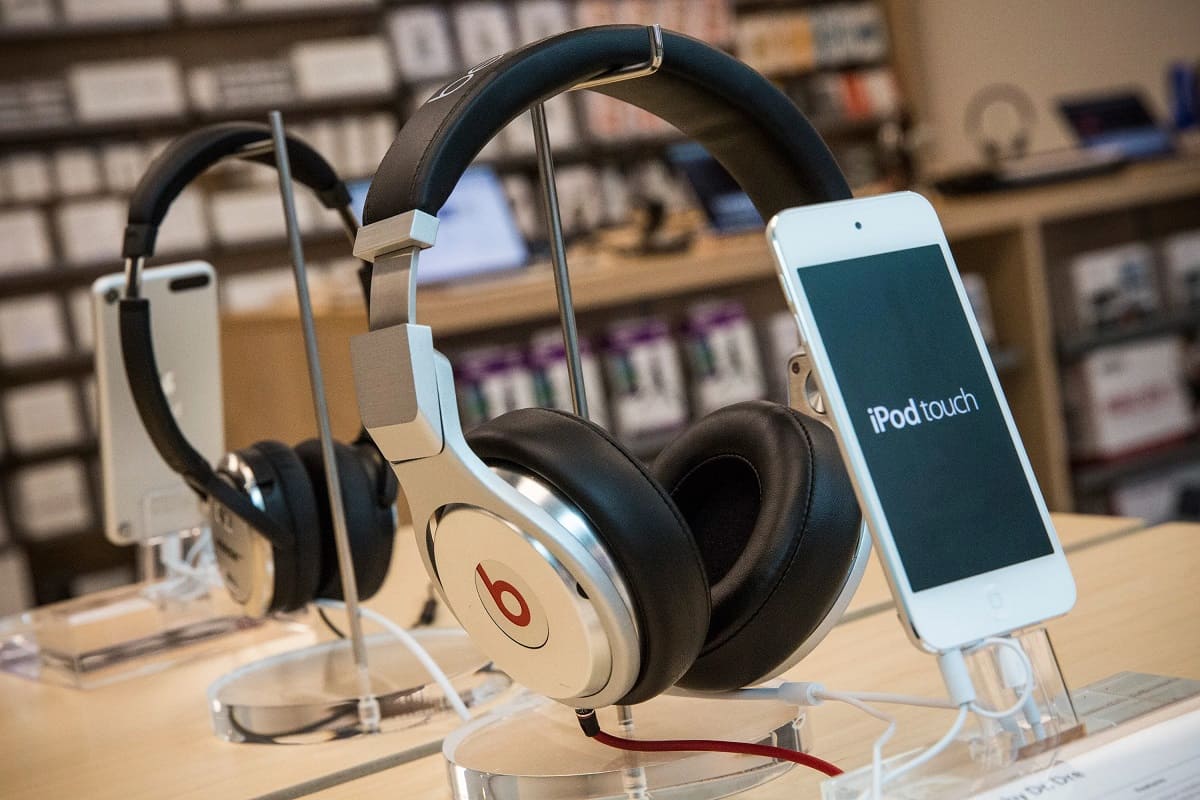
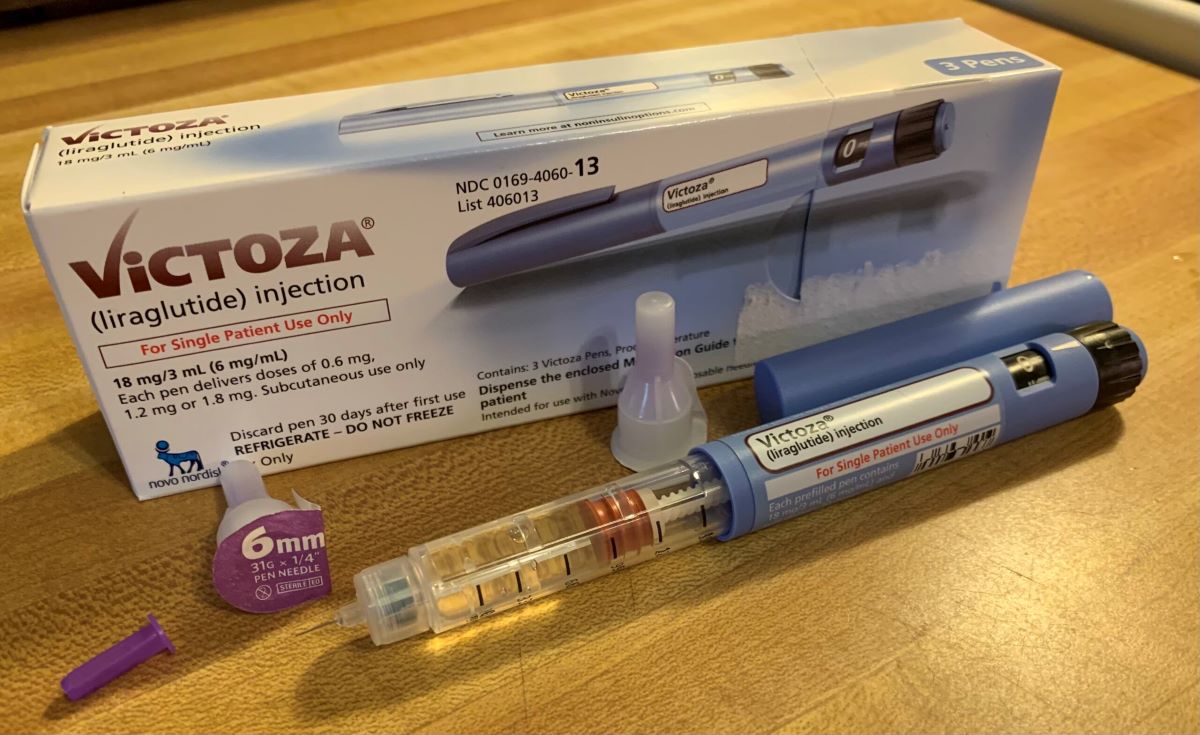
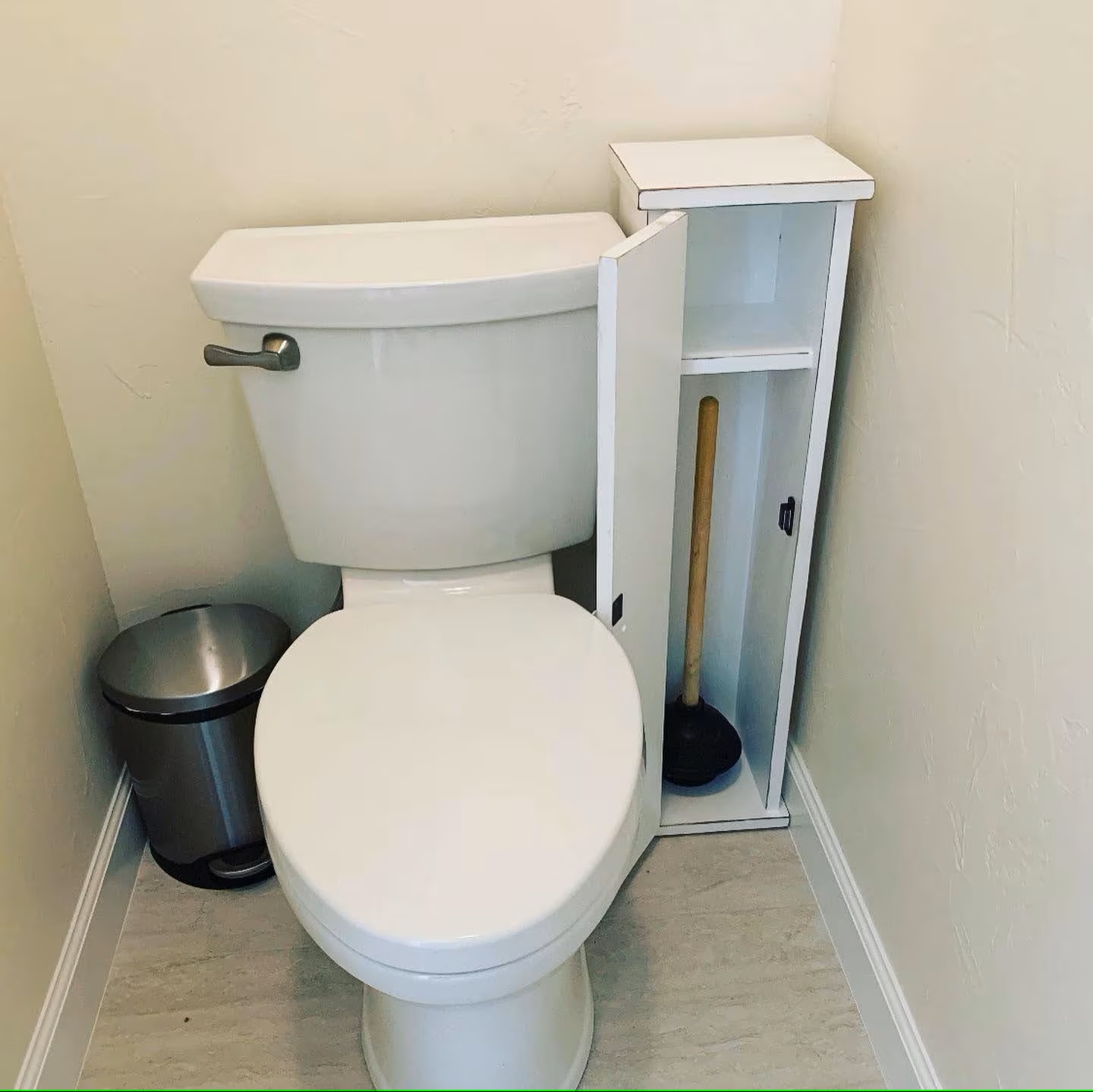
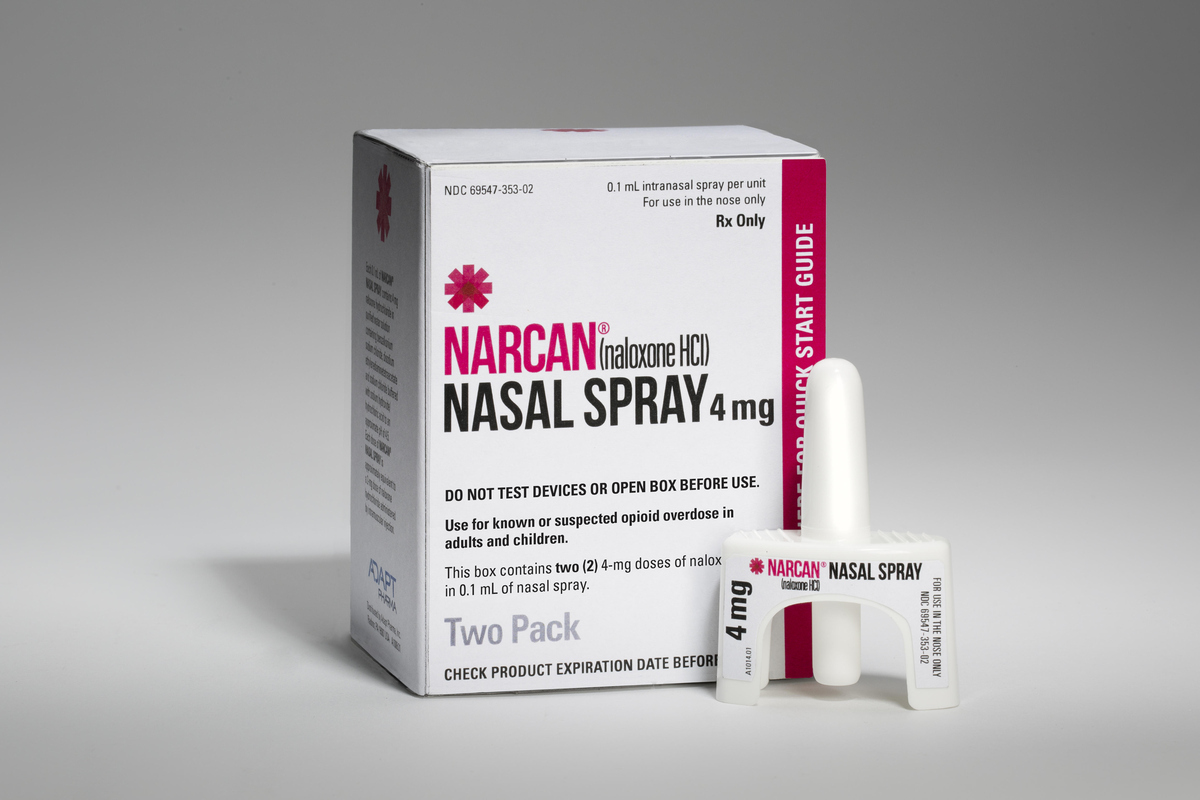
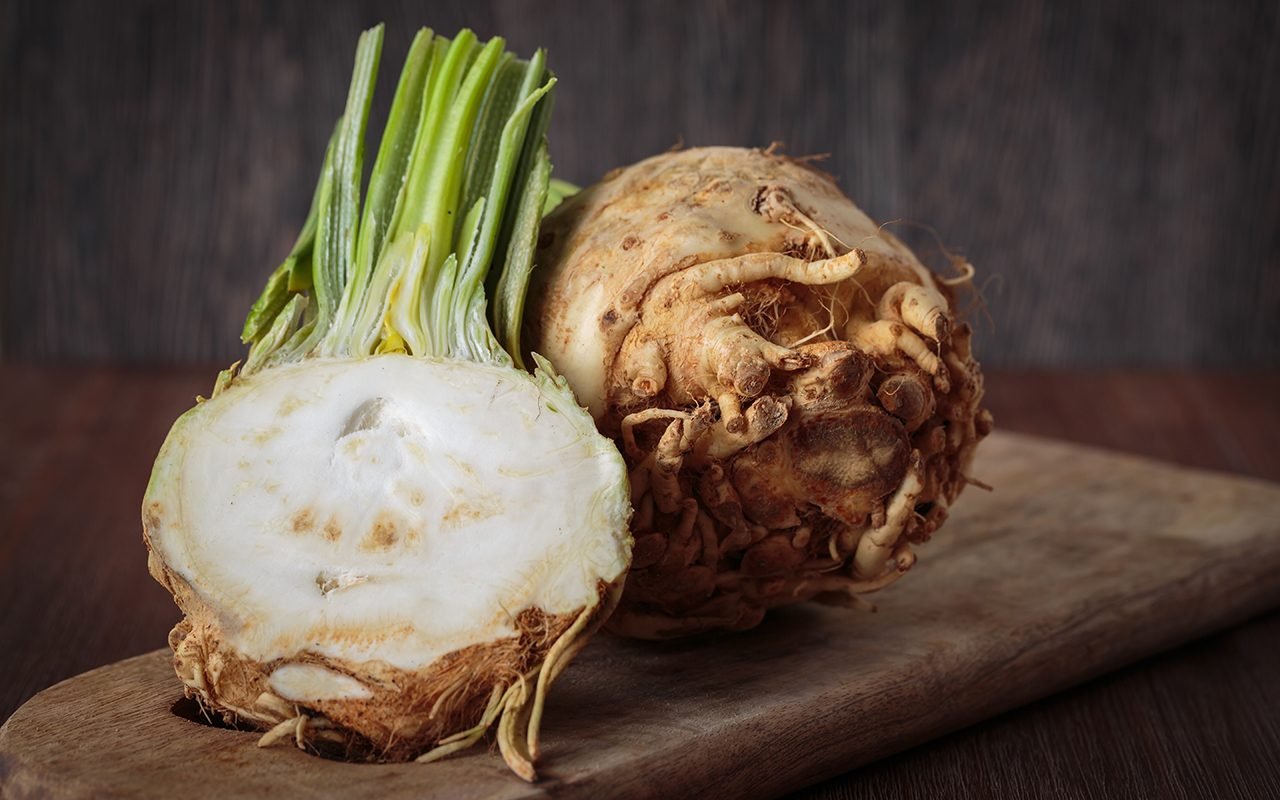

0 thoughts on “How To Store Gummies”